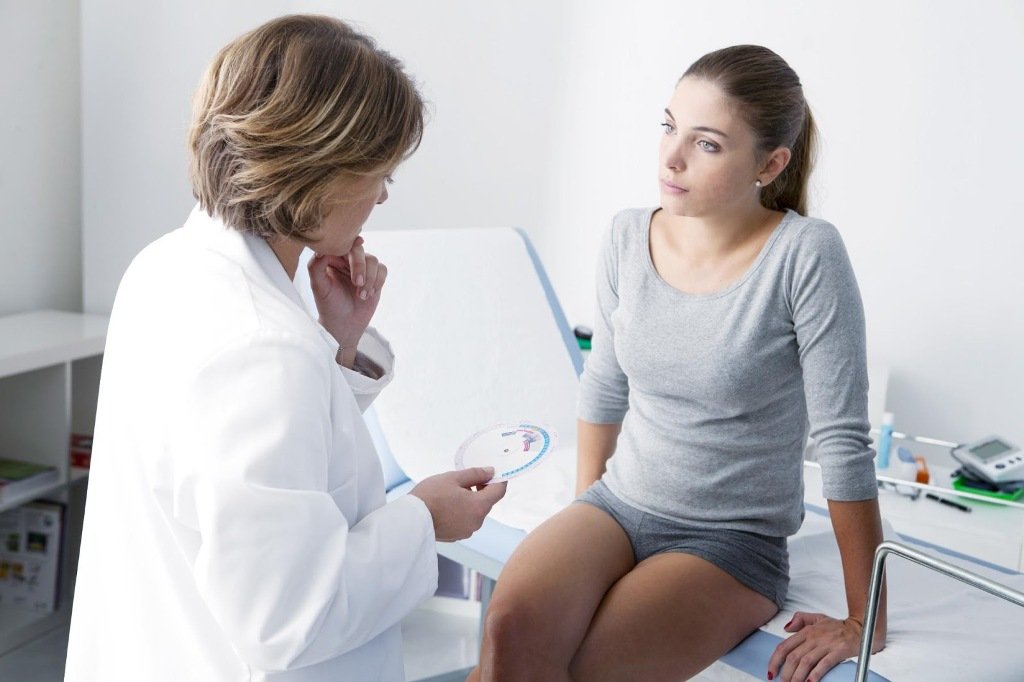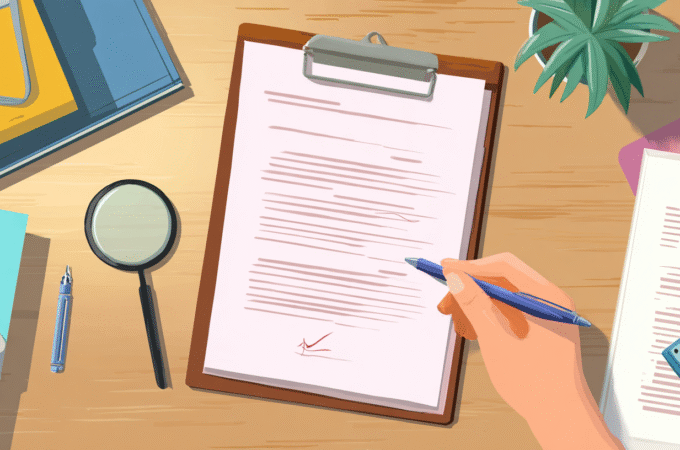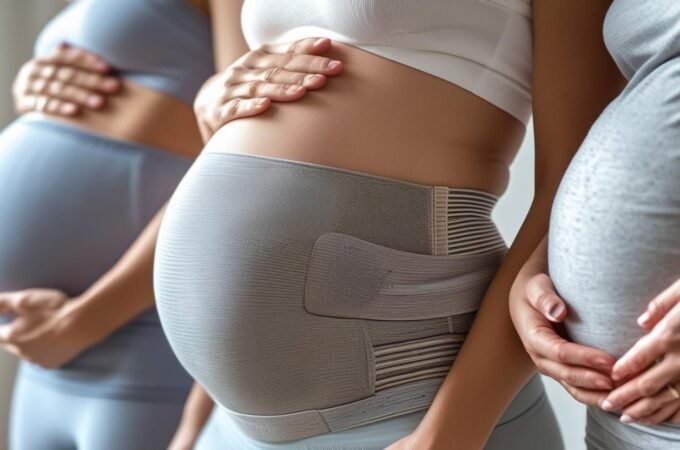
Common Treatments for Endometriosis Inflammation
Did you know that endometriosis inflammation affects around 1 in 10 women during their reproductive years? Have you been dealing with chronic pain especially during ovulation and menstruation? If you are looking for relief from this pain we are going to share a few treatments that will help you manage your symptoms.
Keep reading to see which treatments would be best for you, to start paving your way to less pain.
Pain Relief for Endometriosis Inflammation
You can either take over the counter pain medicine or have the doctor prescribe a stronger pain relief medication. If you suffer from moderate to severe pain, over the counter meds might not be enough.
The most common pain medications are nonsteroidal anti-inflammatory drugs (NSAIDs). Over the counter NSAIDs include naproxen, aspirin, and ibuprofen. Keep in mind that in order for this pain medication to work it has to be taken before the body starts to produce the pain-causing compounds.
Before you start ovulating and before the first day of your period is the best time to take pain medications to help. If you wait to take the pain medications once the pain starts you will not find relief.

Progestin Therapy
Progestins such as norethisterone help reduce endometriosis symptoms because they slow down endometrial scarring. Progestin therapy will be helpful with managing pain and any other symptoms you have due to your endometriosis.
Keep in mind that if you stop experiencing pain and you stop taking your prescription your symptoms can return.
Hormone Contraceptives
Another way to help manage symptoms is with birth control such as pills, rings, and patches. Birth control helps control the hormones that are responsible for endometrial tissue buildup every month.
When using birth control consistently, the menstrual flow becomes lighter and shorter which in turn helps reduce and sometimes even eliminate pain.
Your doctor might recommend using an oral contraceptive every day which will lead to completely skip a period for as long as you are taking the oral contraceptive. The pains you have when you have your time of the month will eventually go away without having a monthly cycle.
Surgery
Another option is to remove the lesions that are a source of pain. A surgeon can perform a laparoscopic excision surgery. This type of surgery is when healthy tissue is preserved, which is why it is the preferred form of surgery.
Keep in mind that the lesions can still return after some time. Surgery does not guarantee that you will have long-term relief because of this.
In the past, more invasive surgeries were common such as hysterectomy and oophorectomy. During these surgeries, the uterus and ovaries were taken out to help ease the pain. The problem with this option was that even if the ovaries and uterus were removed the endometrial lesions could occur on other organs.
Natural Healing
If you prefer to go a more natural route when dealing with endometriosis we have a few herb and spice remedies to help you.
Chamomile

Drinking chamomile tea can help with symptoms from endometriosis. Chamomile has been found to reduce the symptoms of premenstrual syndrome according to a study done in 2014. There is a compound in chamomile called chrysin that suppresses endometrial cells from growing.
Lavender
Using diluted lavender oil during an aromatherapy massage can reduce menstrual cramps. The cramps that are triggered by endometriosis can also become less over time when using lavender oil on a regular basis.
Peppermint
Peppermint is known for having antioxidant properties. Antioxidant supplements can reduce pelvic pain that you experience from endometriosis. The pain you experience during your menstrual cramps can be alleviated with peppermint supplements or oils.
Motherwort
This botanical medicine will soothe your pain and your cramps. If you are dealing with extreme discomfort in your lower abdominal area and your uterus Motherwort will help you relax because it is also a mild sedative. When the pain is too intense and uncomfortable Motherwort will help.
Chaste Tree
This is also known as Vitex and is used to help women with hormone imbalance. Chaste tree causes estrogen to be less available which in turn stimulates endometrial tissue growth.
Nutrition
Taking an honest look at your diet and making some adjustments can help you deal with your painful symptoms. The key to helping endometriosis symptoms is to reduce inflammation. This is why an anti-inflammatory diet will help.
Start incorporating more fruits and green vegetables into your diet and cut back on red meat if you tend to consume a lot of red meat. Look for foods that are high in dietary fiber because these will help you achieve a healthy balance of microorganisms in the gut flora.
Make yourself a green smoothie and add some flax seeds on a daily basis to help you stay on top of your nutrition to help you lessen your symptoms and get you well on your way to feeling better.
Choosing the Best Treatment for You

Now that you are familiar with different treatment options for endometriosis inflammation, which one sounds like the best fit for you? If surgery scares you then try the other options first to help lessen the symptoms. The goal is to manage your pain to help you live a pain-free life.
Treating endometriosis can feel challenging at times without a way out but with patience, you and your doctor can find a solution to help keep your pain levels under control.
Did you find our blog post helpful? Please check back with our health section often to always stay in the know!




